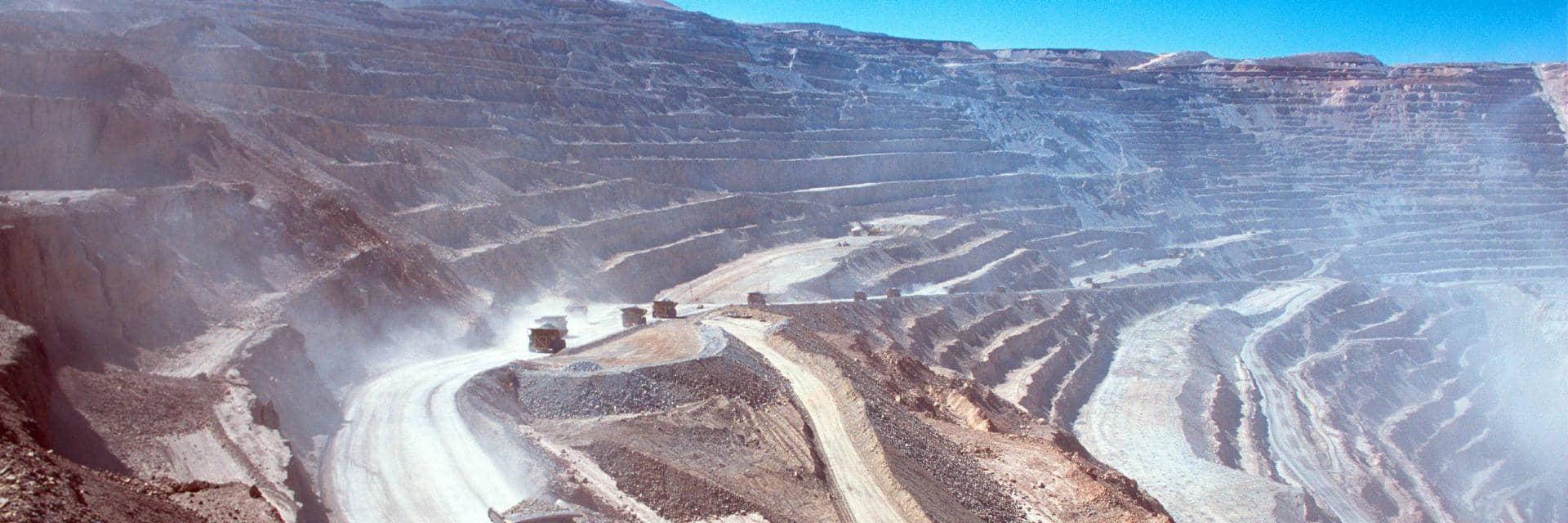
Market Perspectives July 2020
Financial markets have had a very strong second quarter, despite geopolitical tensions and fresh outbreaks of COVID-19 in US and German states and in Beijing.

03 July 2020
6 minute read
By Jai Lakhani, London UK, Investment Strategist
Easing quarantine measures, improving sentiment and positive supply cut news bodes well for oil. Meanwhile, worrying geopolitical tensions, risks of another round of COVID-19 infections and low interest rates mean that prospects for the yellow metal appear bright.
Sentiment for oil and gold appears to be largely driven by the risks of more coronavirus outbreaks and prospects for a speedy economic recovery from the pandemic. With a vaccine seemingly at least a year away, what is the outlook for both commodities?
The West Texas Intermediate oil price continued its recovery in June, albeit at a slower pace from May, when it doubled. An amalgamation of continued and deeper than expected curbs to supply has supported the commodity. As has improved demand, notably from China and India.
OPEC+, a group comprising members of the Organization of the Petroleum Exporting Countries (OPEC) and other leading oil producers such as Russia, is showing its commitment to abide by production cuts in an attempt to put a floor on prices.
On top of the unprecedented combined output cut of 10m barrels per day (mbpd) in May and June, three of the biggest OPEC+ producers (Saudi Arabia, Kuwait and the United Arab Emirates) announced that they would voluntarily cut supply by an additional 1.2mbpd. The group also agreed to defer increasing production to the tune of 2mbpd per month, providing further price support in July.
There have been questions around OPEC+’s commitment, as previous agreements have been only loosely implemented at times. However, there are signs that this time may be different. Data providers S&P Global Platts and Argus estimate that compliance for May and June among OPEC+ member countries stood at 85% and 90% respectively.
Whilst Iran is anticipated to lag production cuts, the group agreed for lagging members to offset production noncompliance in the third quarter. Driving compliance will undoubtedly be the fear of countries such as Saudi Arabia and Russia flexing their muscles and walking away from the table, leading to the price wars we saw previously.
Other oil producers outside of OPEC+ have drastically reduced supply to reflect the deteriorating economics of the oil market. The International Energy Agency estimates that non-OPEC member countries cut production by 4.5mbpd in May.
On the demand side, China continues to recover quickly. Customs data showed oil imports in May surging by 19% year on year (y/y). While part of this can be attributed to stockpiling, higher road congestion and conventional car sales suggests end-consumption also picked up. Despite measures to restrict movement in May, India’s oil demand recovered to a 23% y/y decline versus a 46% y/y decline in April.
Better than expected economic data from the largest economy, America, is encouraging. With potential for further fiscal stimulus, demand could be further aided as the country increasingly resumes economic activity.
With the recovery faster than expected in China and India, positive initial economic data from the US and most of Europe emerging from lockdown in the next couple of months, the outlook for demand is promising.
Despite those positive developments, the oil price is unlikely to rise as fast as it has since May. The initial strong rebound in demand is likely to hit a ceiling, as activities, like air travel, will take time to normalise. In addition, with prices climbing, there will be incentive for non-OPEC supply to return as OPEC+ starts cutting production less. Finally, inventory levels remain high. For those reasons, we expect oil prices to be range-bound in the near term and also note the uncertainty over a second wave in infections and a flare up in geopolitical tensions.
We expect oil prices to be range-bound in the near term
Gold has continued to extend its rally from the March low and is up by 17% this year. There seem to be four compelling arguments for the gold price to ascend further over the next twelve months.
Firstly, expectations that interest rates globally will be lower for longer appears to be firmly entrenched. At the June Federal Reserve meeting, Chairman Jerome Powell said that the board were not even “thinking about thinking of raising interest rates”, with no rate rises likely until 2022. Given that rates are the opportunity cost of holding gold, a zero-yielding asset, it bodes well for the commodity that real yields appear set to be suppressed over the next few years.
Secondly, geopolitical tensions, which have been largely discounted in the backdrop of COVID-19 infections, have started to resurface. Fraught Brexit negotiations, nearing US presidential election and simmering US-China tensions could encourage risk-averse investors to stock up on gold ETF holdings in their portfolio.
Third, unprecedented fiscal stimulus and record balance sheet expansions from major central banks could mean a subsequent recovery is accompanied with potentially higher inflation than markets are anticipating. Gold tends to provide somewhat of a hedge against inflationary pressures.
Fraught Brexit negotiations, nearing US presidential election and simmering US-China tensions could encourage risk-averse investors to stock up on gold ETF holdings in their portfolio
Finally, the commodity could be well positioned whatever the pandemic’s outcome. Any short-term underperformance resulting from a successful vaccine or drug for COVID-19 being found, as investors flee gold for riskier assets, could be offset by jewellery demand rebounding, especially in countries such as India and China.
By contrast, should a second wave of infections overwhelm countries’ healthcare systems and dent confidence, gold may attract investors looking for safe havens to invest in. The risk of a second wave may be increasing, with more infections being seen in some German and US states and Beijing, the latter returning to strict lockdown.

Financial markets have had a very strong second quarter, despite geopolitical tensions and fresh outbreaks of COVID-19 in US and German states and in Beijing.

Barclays Private Bank provides discretionary and advisory investment services, investments to help plan your wealth and for professionals, access to market.
This communication:
Any past or simulated past performance including back-testing, modelling or scenario analysis, or future projections contained in this communication is no indication as to future performance. No representation is made as to the accuracy of the assumptions made in this communication, or completeness of, any modelling, scenario analysis or back-testing. The value of any investment may also fluctuate as a result of market changes.
Barclays is a full service bank. In the normal course of offering products and services, Barclays may act in several capacities and simultaneously, giving rise to potential conflicts of interest which may impact the performance of the products.
Where information in this communication has been obtained from third party sources, we believe those sources to be reliable but we do not guarantee the information’s accuracy and you should note that it may be incomplete or condensed.
Neither Barclays nor any of its directors, officers, employees, representatives or agents, accepts any liability whatsoever for any direct, indirect or consequential losses (in contract, tort or otherwise) arising from the use of this communication or its contents or reliance on the information contained herein, except to the extent this would be prohibited by law or regulation. Law or regulation in certain countries may restrict the manner of distribution of this communication and the availability of the products and services, and persons who come into possession of this publication are required to inform themselves of and observe such restrictions.
You have sole responsibility for the management of your tax and legal affairs including making any applicable filings and payments and complying with any applicable laws and regulations. We have not and will not provide you with tax or legal advice and recommend that you obtain independent tax and legal advice tailored to your individual circumstances.
THIS COMMUNICATION IS PROVIDED FOR INFORMATION PURPOSES ONLY AND IS SUBJECT TO CHANGE. IT IS INDICATIVE ONLY AND IS NOT BINDING.
